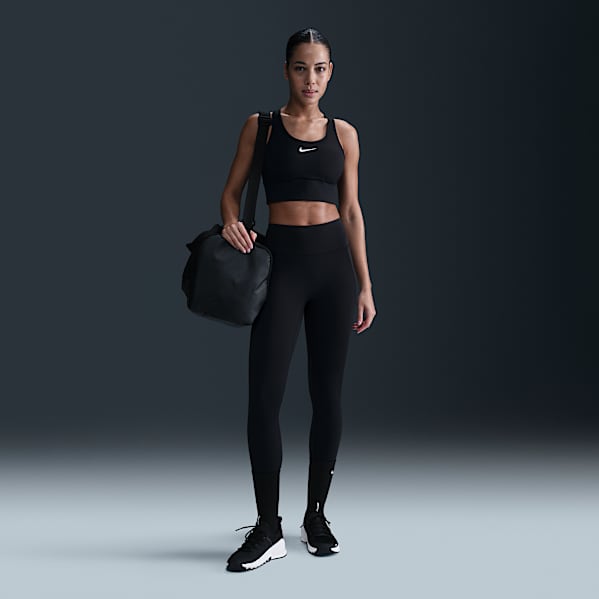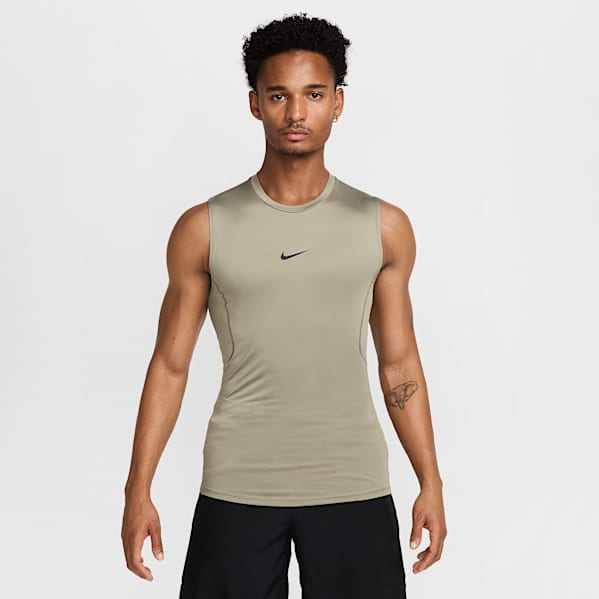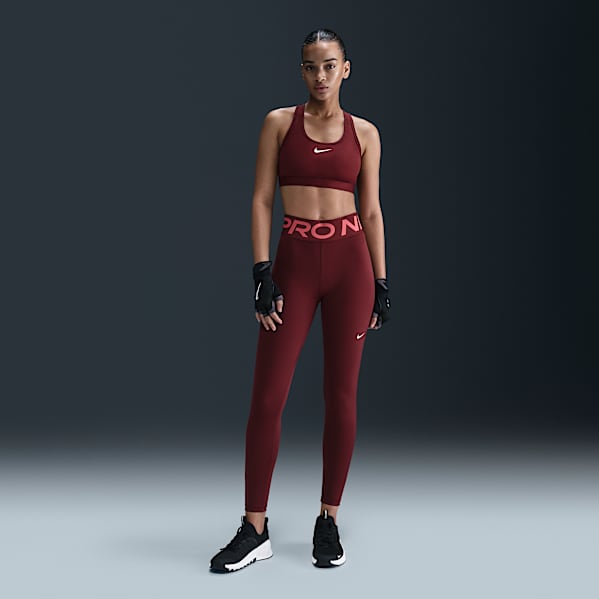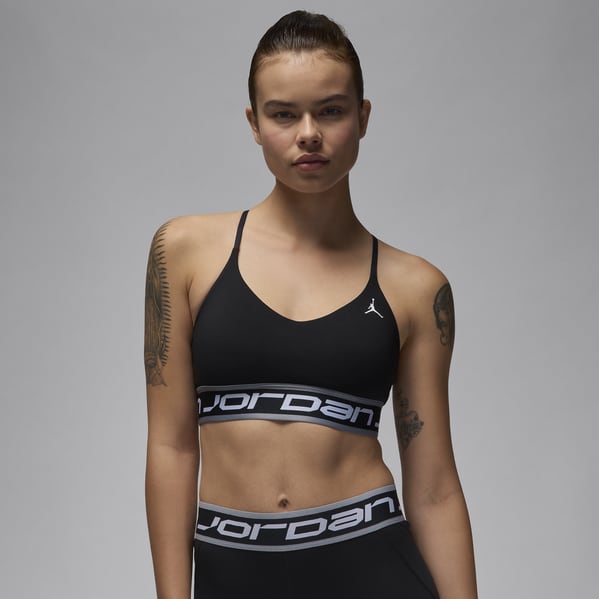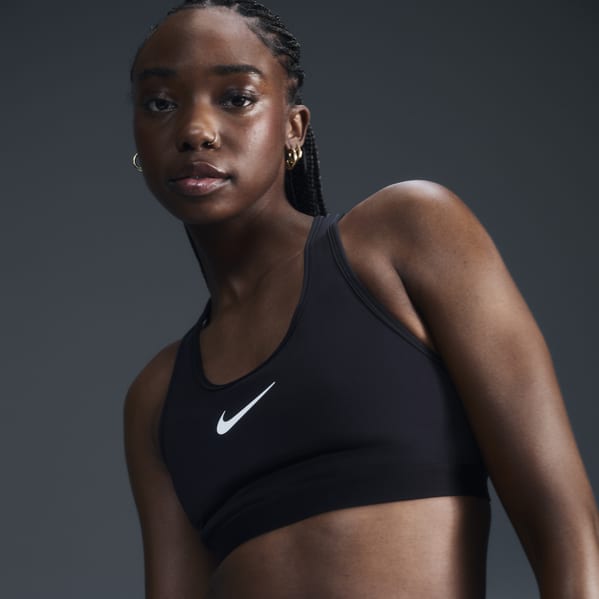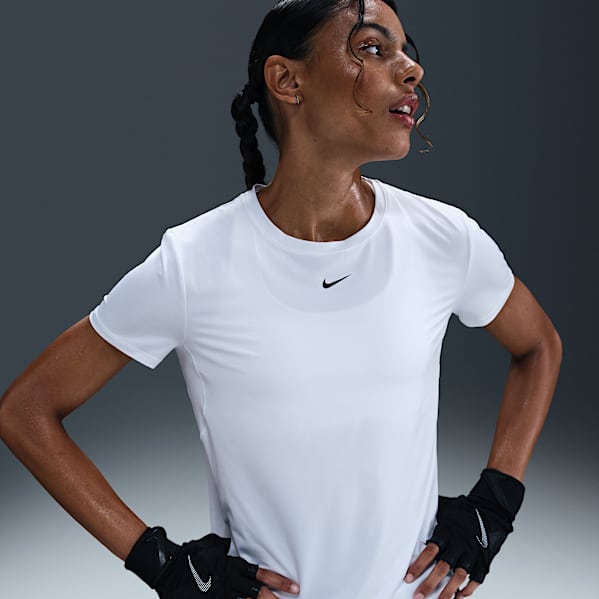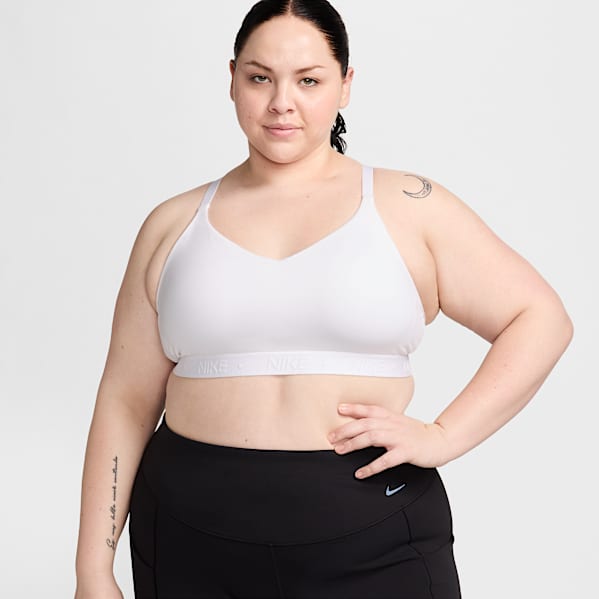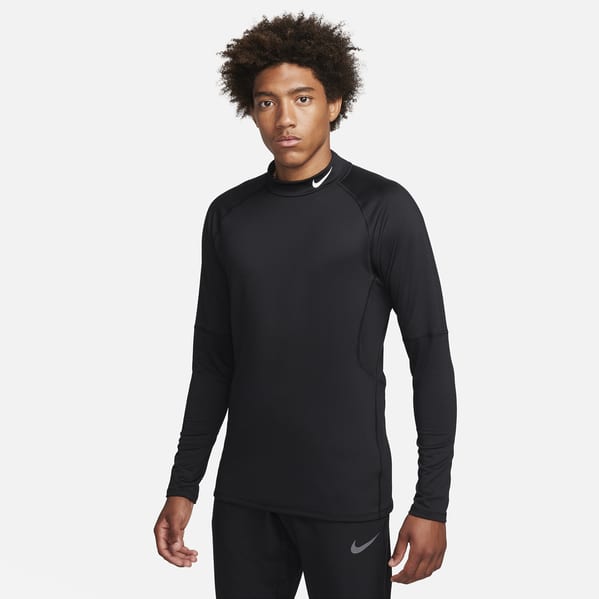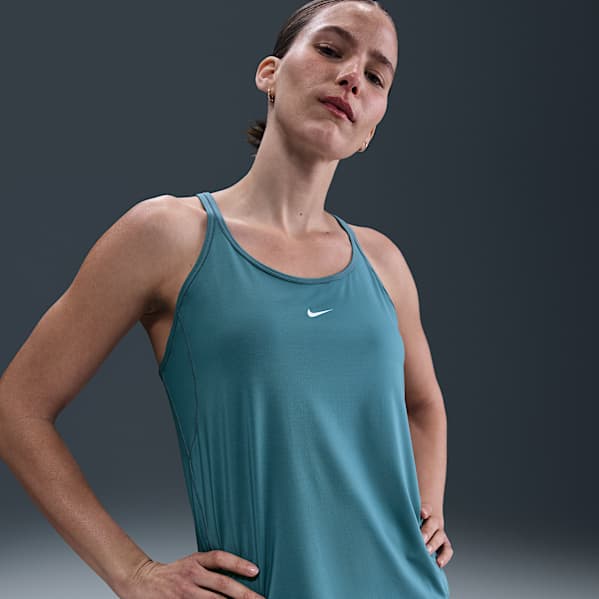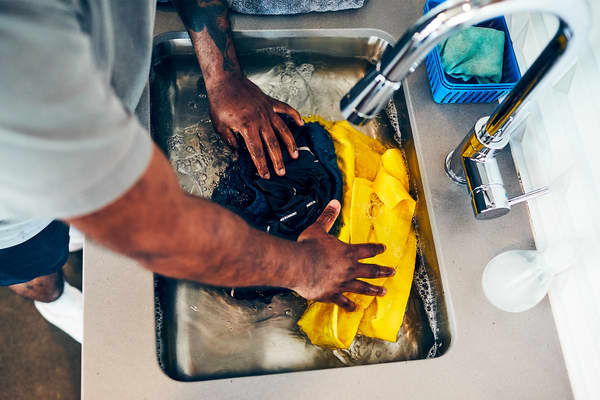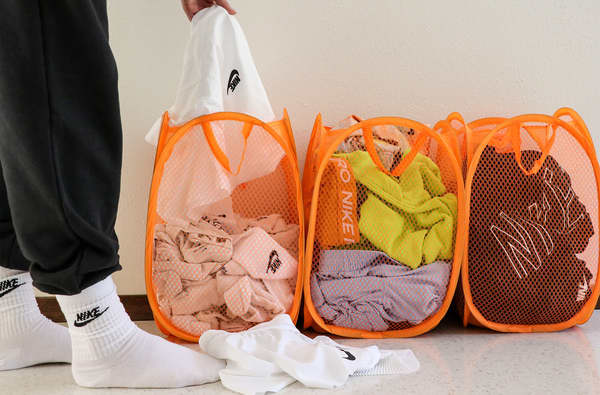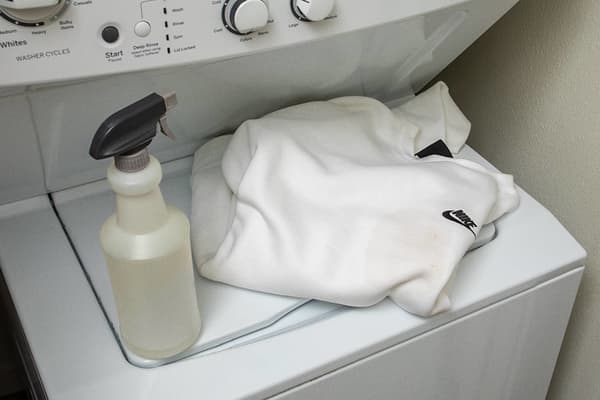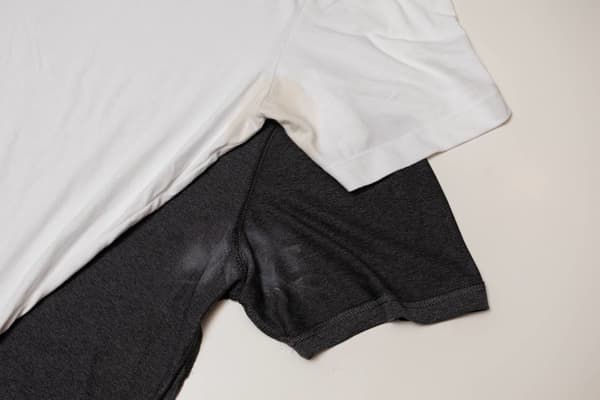The No-Sweat Approach to Caring for Dirty Workout Clothes
Product Care
High-performance workout clothing requires a little extra TLC. Follow these simple steps to keep your activewear clean and smelling fresh.
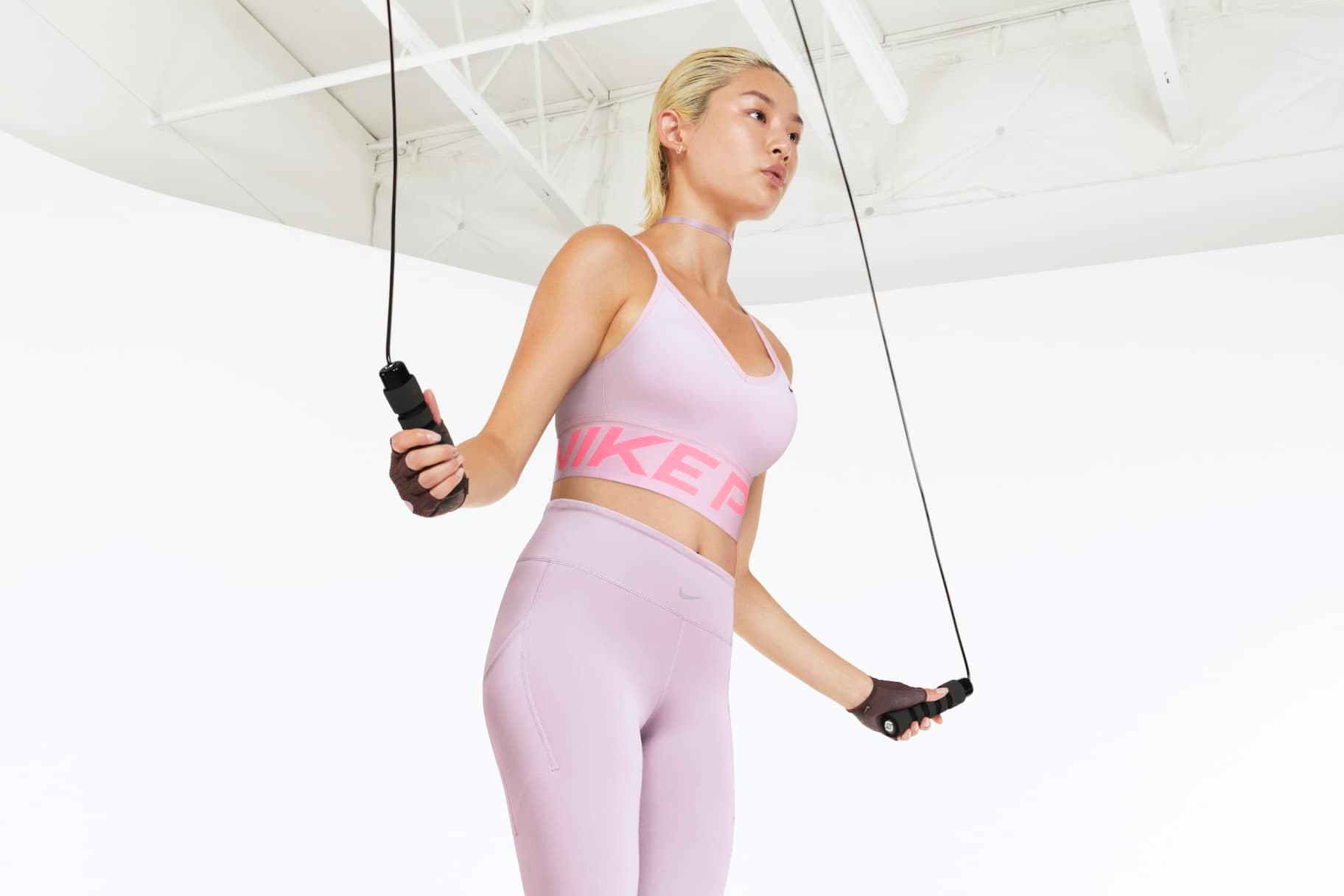
When you give your all to a workout, you can expect immediate benefits, like reduced anxiety and better sleep. But you should also expect to take home a set of sweaty, smelly workout clothes in need of serious attention. That's especially true if you wear workout clothing made from high-performance fabrics like moisture-wicking synthetics, which require special care in the wash.
Here's how to keep your workout wear extra clean, including tips for how best to care for your clothes in the laundry.
The Case for Regular Cleaning
First things first, if you want to maximise the lifespan of your workout clothes, you'll need to adopt a bit of a routine. Proper care requires regular washing and extra attention on the dirtiest items.
Wash sports bras, shorts and leggings after every use, since the groin and the area under the breast are susceptible to yeast infections. Your sneakers may be harbouring harmful bacteria as well, so clean the liner if it's removable and throw your socks in the wash. And while a cotton T-shirt can be reworn a couple of times if it doesn't get sweaty, synthetic fabrics can be like magnets for bacteria. They'll start to stink faster and should be washed after every use.
How to Wash Your Dirty Workout Clothes
1.Air Out Your Sweaty Clothes Immediately
Keeping your workout clothing stuffed in your backpack or gym bag can cause mould or mildew to form and lead to nasty odours. When you get home from your workout, immediately hang up your workout clothes until they're dry or you're ready to put a load of washing on.2.Separate Your Laundry
Keep similar fabrics in the same load of washing. Separate your cotton T-shirts and gym towels from your synthetic workout shorts or leggings. This is because the lint from cotton will stick to your athletic clothing. You should also keep heavy fabrics like denim and anything with buttons or zips separate. These can cause more abrasion, damaging the delicate fabrics of your athletic wear.3.Turn Exercise Clothing Inside Out
Give your washing machine access to the most bacteria-ridden surfaces of your clothing by turning your bottoms, tops and undergarments inside out before you put them in the wash. That'll help maximise your washing machine's effectiveness, since odour-causing bacteria will build up the most on the inside of your clothes.4.Pre-Soak in Vinegar Before Washing
If you have issues with your clothes retaining odours even after washing, try soaking them in one part white distilled vinegar and four parts cold water. Leave them submerged for 20–30 minutes while the solution does its work. The acid in the vinegar will unlock oils, dirt and bacteria from the fabric of your workout clothing, so your washing machine can do a better job of eliminating all the nastiness.5.Use the Right Amount of Detergent
If your clothes are really dirty, you might be tempted to use more detergent. But this won't get your workout clothes any cleaner. In fact, it will cause soap to build up in the fibres of your clothing, which will attract new odour-causing bacteria so your clothes start to smell more quickly. To prevent this problem, use a little less detergent than you would for your normal clothes. It's also recommended that you use washing powder to properly care for Nike Dri-FIT items.6.Add Baking Soda or a Laundry Booster to Reduce Odours
Adding about one quarter to one half cup of baking soda to your load of washing will help neutralise odour-causing acids. You can even sprinkle a little baking soda in your sneakers if they're not washable to help reduce odours. Another option is to purchase a laundry booster designed for athletic apparel. These have odour-eliminating agents and can be added in the same compartment you use for your detergent.7.Avoid Fabric Softener and Dryer Sheets
Fabric softener leaves a residue on your workout clothes that becomes like glue for odour-causing bacteria, especially as it builds up. This makes it more difficult for water and detergent to get your clothes clean. Similarly, dryer sheets can clog up your fabrics, making them more difficult for laundry detergent to penetrate. If you want to keep your workout clothes soft against your skin, consider using dryer balls, which gently soften clothes and prevent wrinkles.8.Wash in Cold Water on Gentle Cycle
You don't want a washing machine to beat up delicate performance fabrics too much, and you also don't want to expose them to high heat, which can destroy the fibres. To keep your athletic clothes effective for longer, wash them in cold water and opt for the gentle cycle.9.Air-Dry if Possible
To extend the life of your synthetic workout clothing, use the lowest heat setting on your dryer or air-dry your clothes entirely. Heat can exacerbate odours, damage the fabric, cause shrinkage or shape alterations, create more static and weaken the power of elastic. You can go ahead and put cotton clothing in the dryer, but ensure that performance fabrics like Nike Dri-FIT aren't exposed to high heat.
FAQ: Washing Dirty Sportswear
Why Does My Sweat Make My Clothes Smell?
What Happens When You Stay in Sweaty Clothes?
Can You Put Workout Clothes in the Dryer?
Can You Wash Sneakers in the Washing Machine?
What Is Laundry Stripping and Does It Work for Workout Clothes?
Laundry stripping is a popular cleaning trend in which you soak clothing in a mix of borax, detergent, baking soda and warm or hot water for up to 12 hours to give it a thorough cleansing. Laundry stripping can be a way to deep-clean excessively sweaty activewear and remove dirt, but it's time consuming and not necessary as a daily routine.
